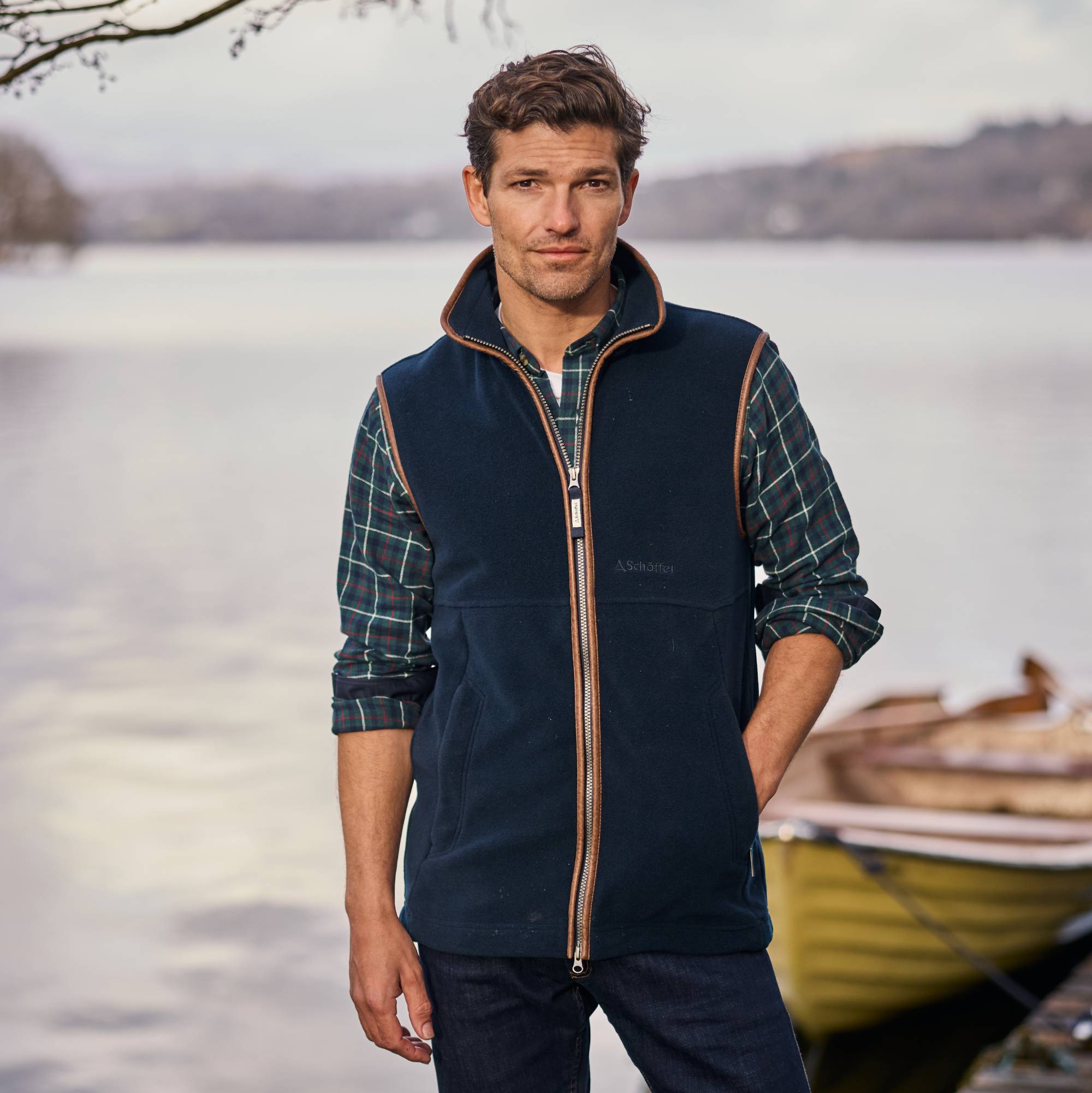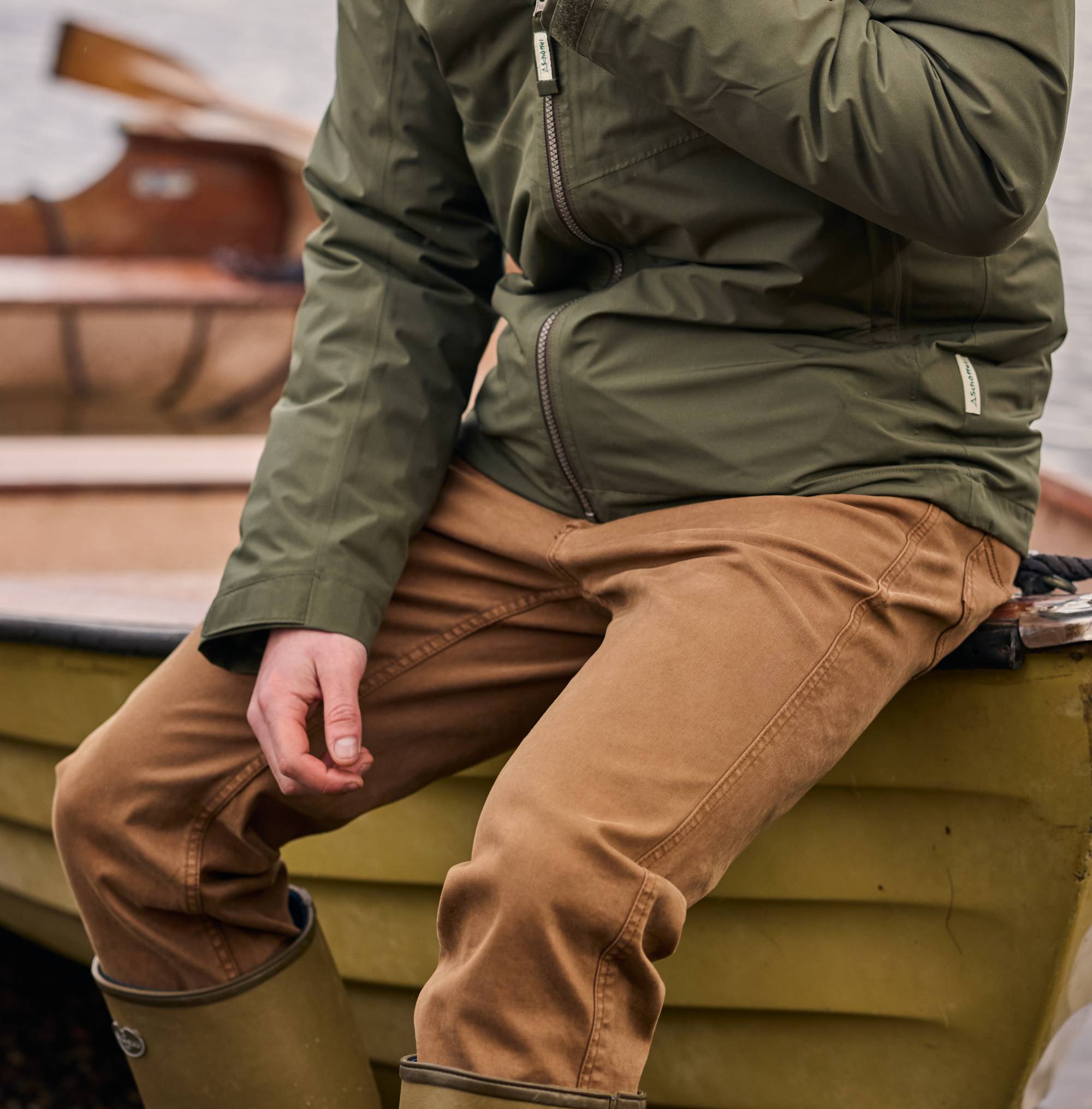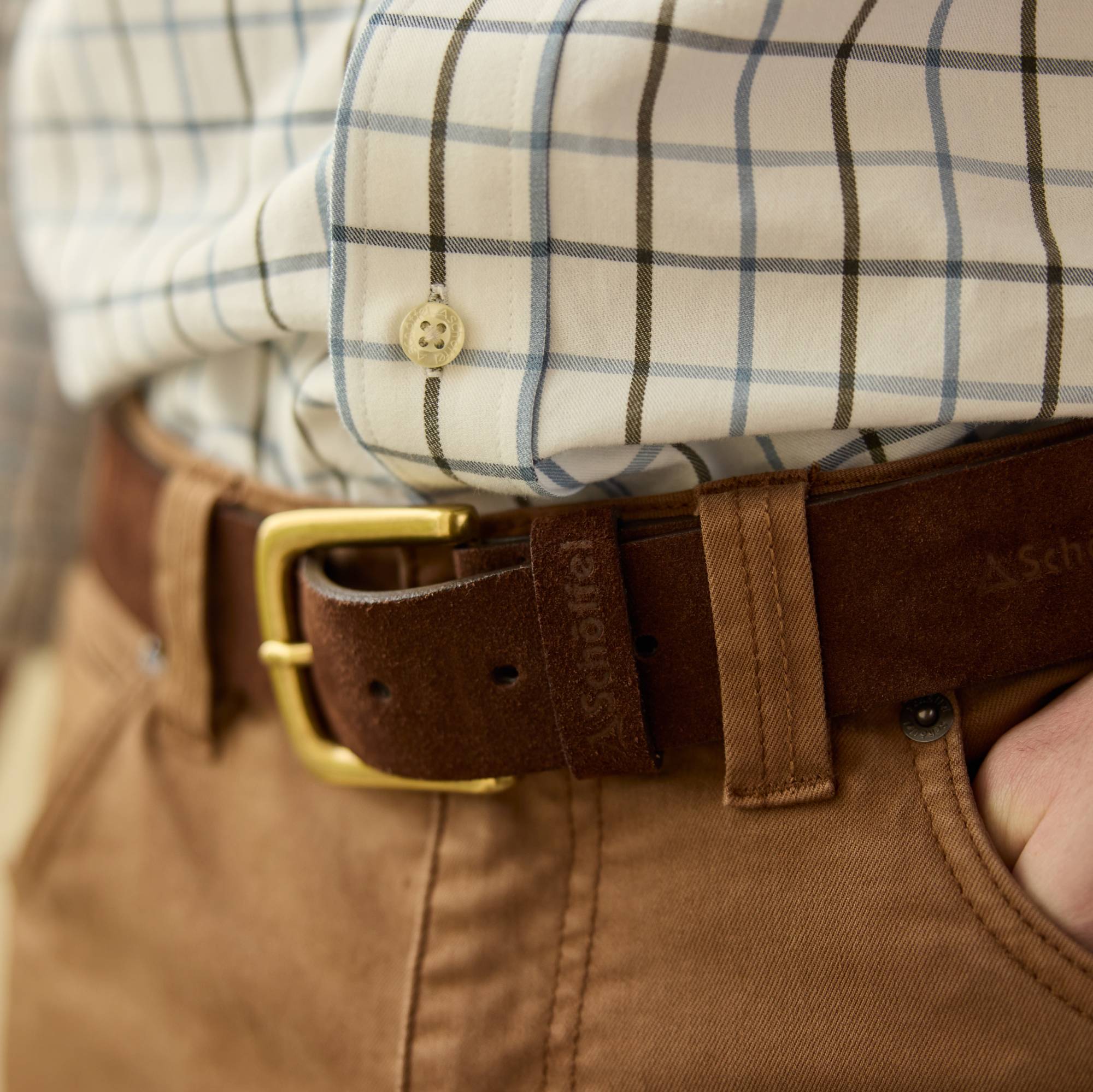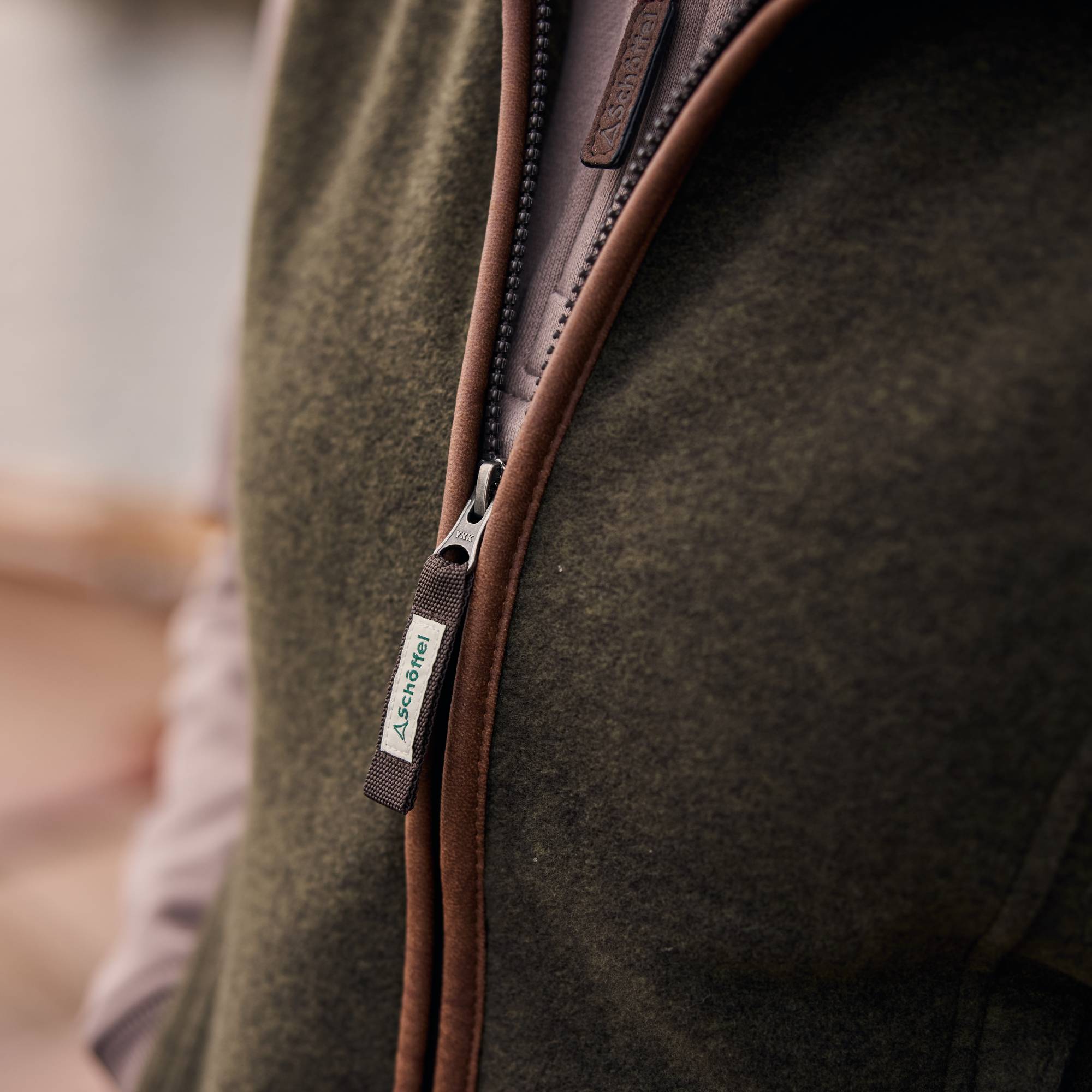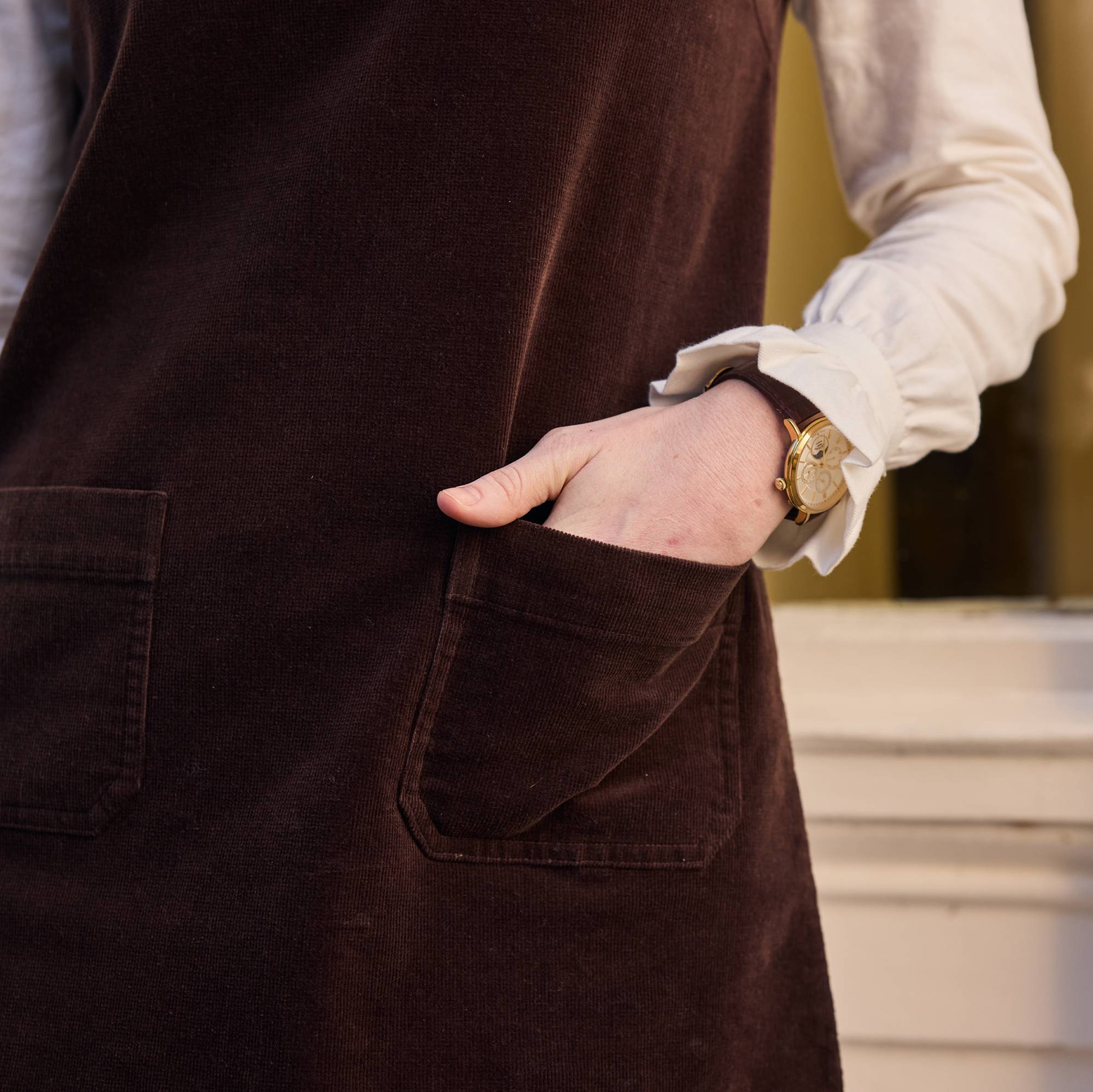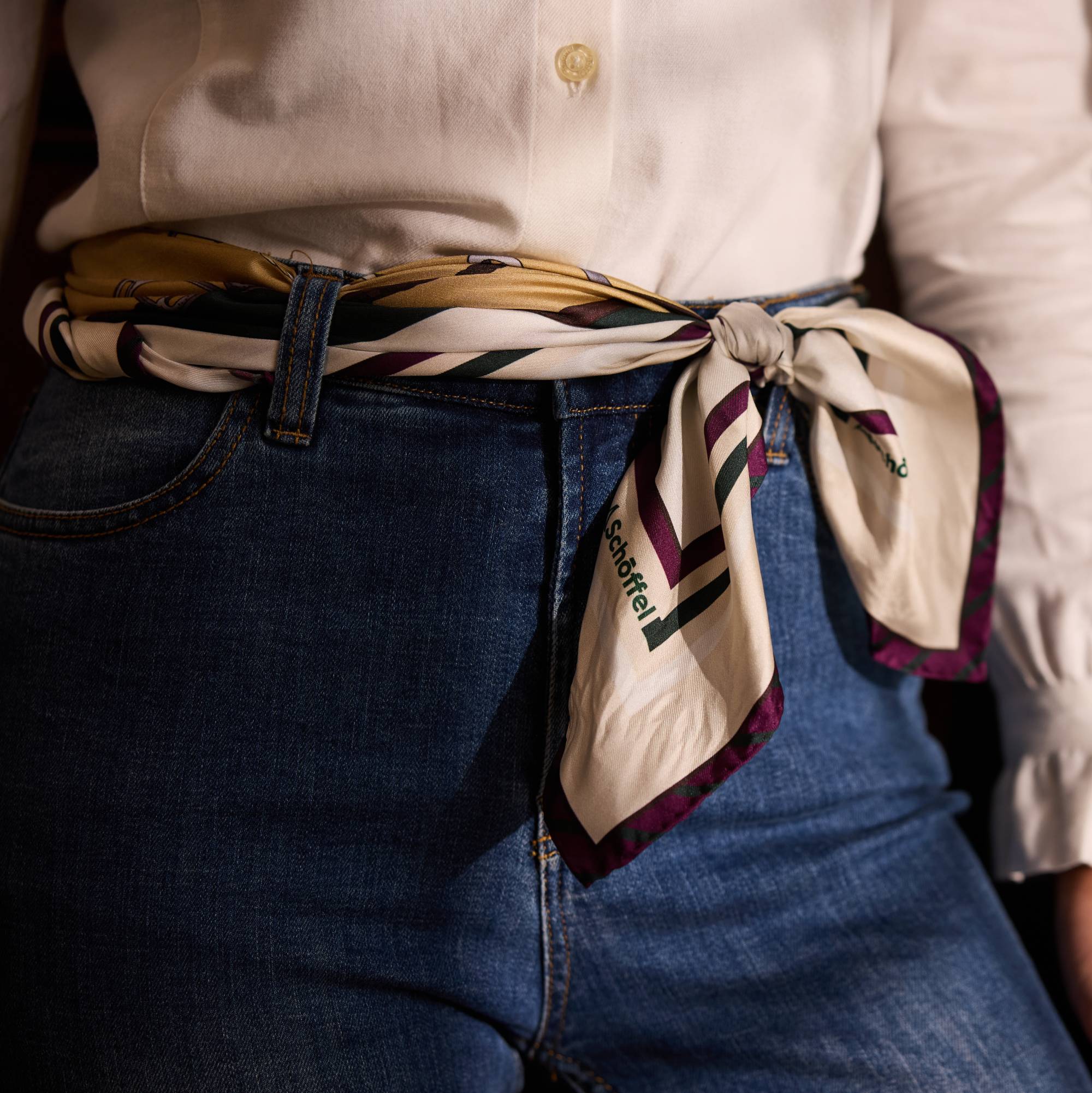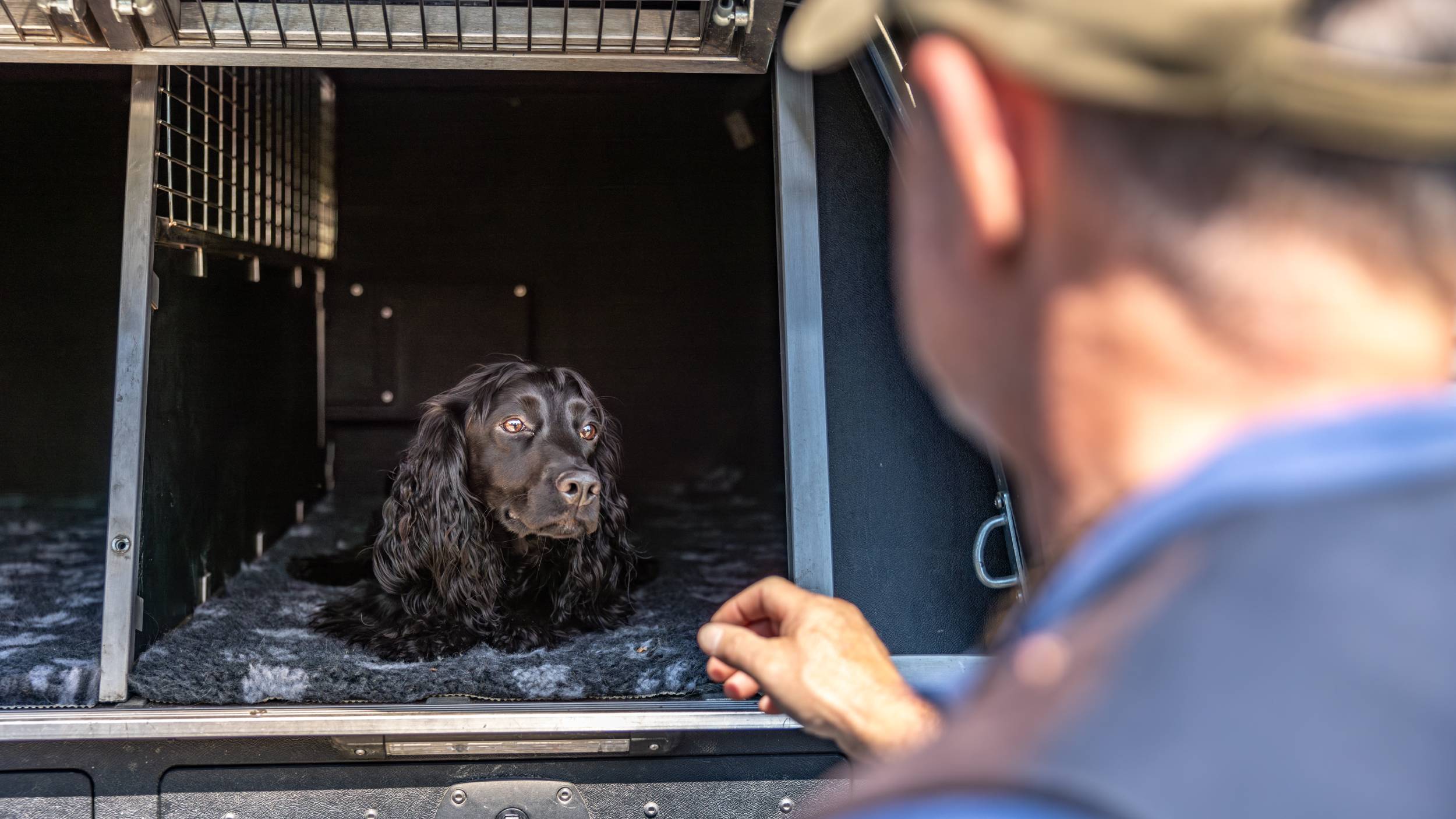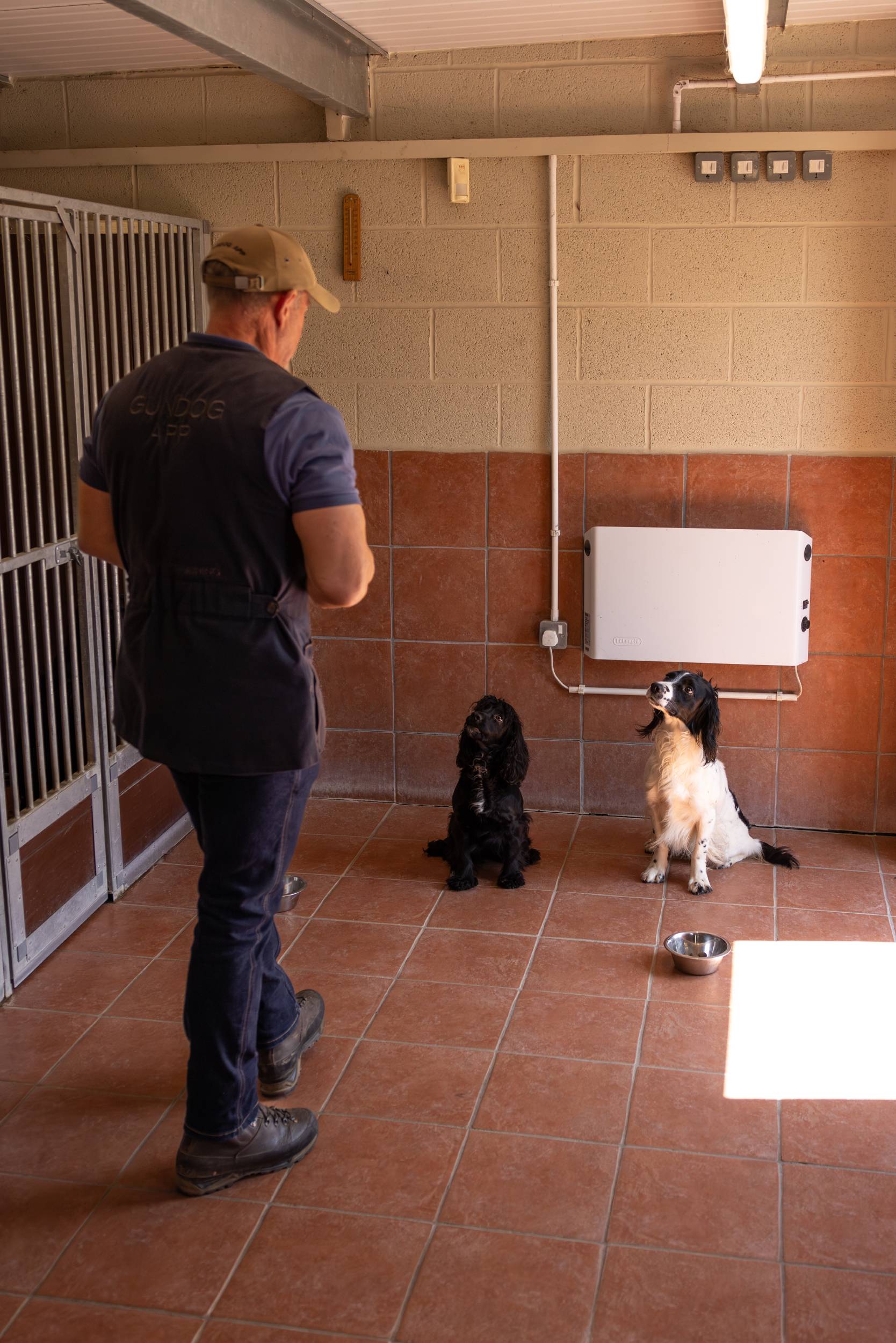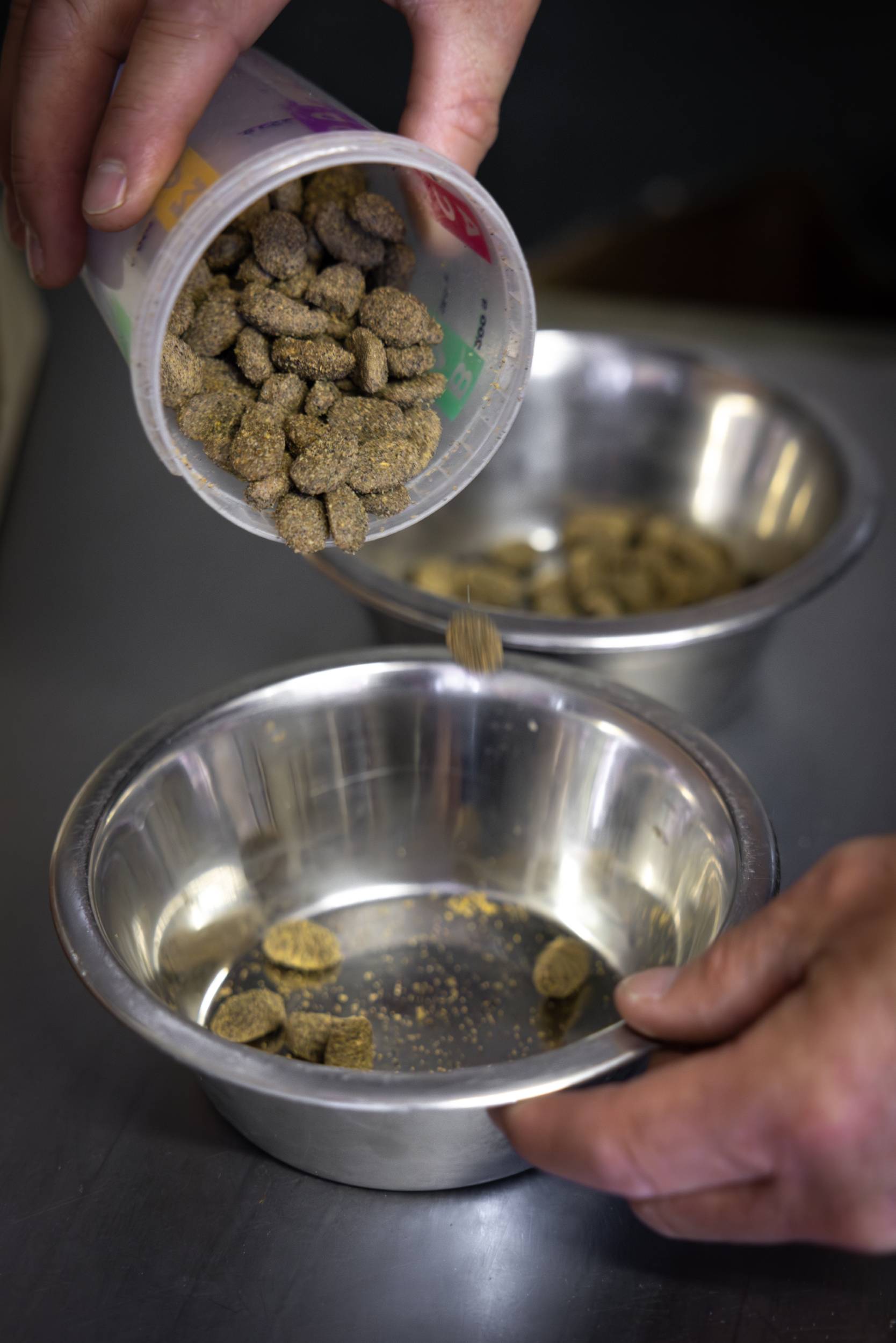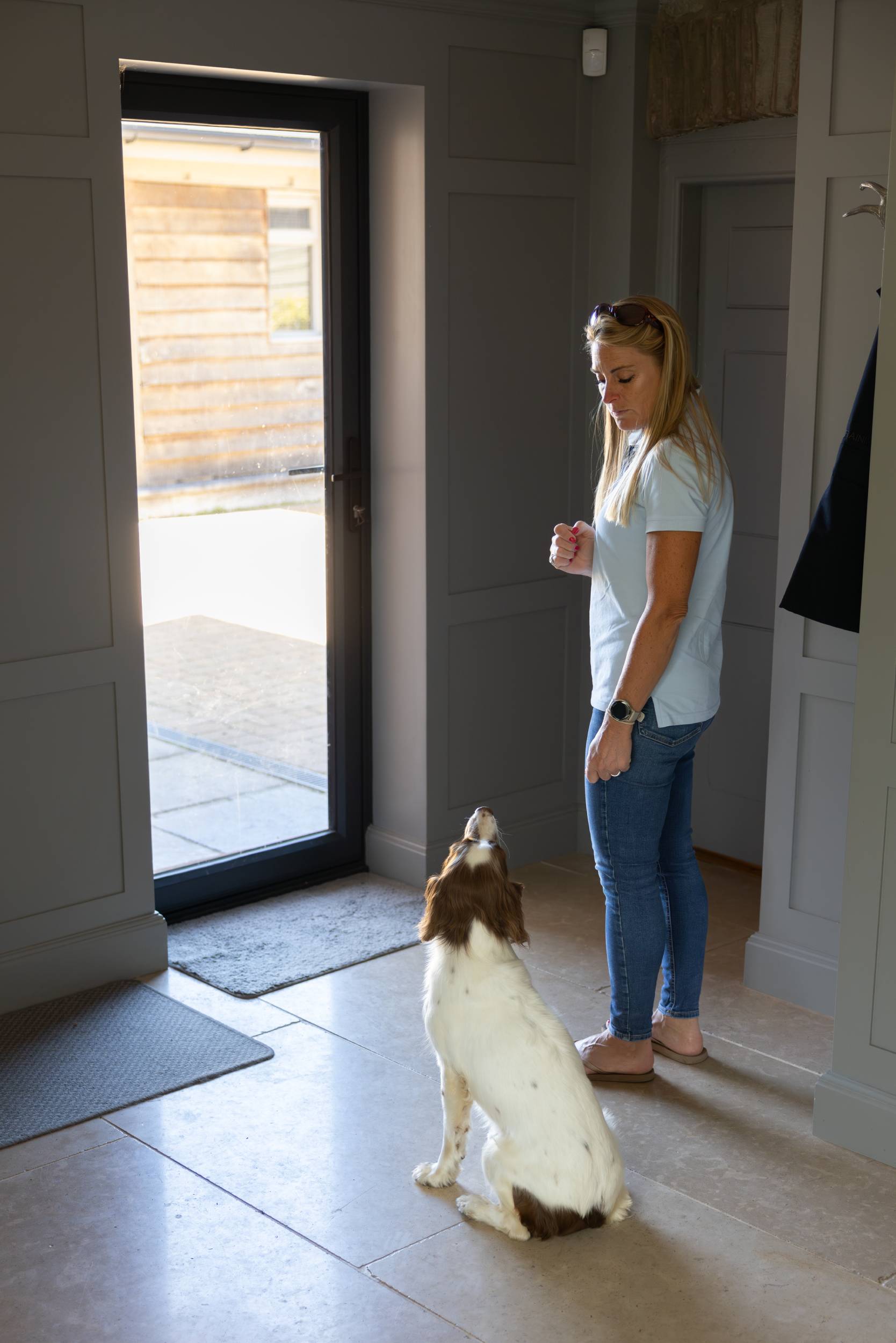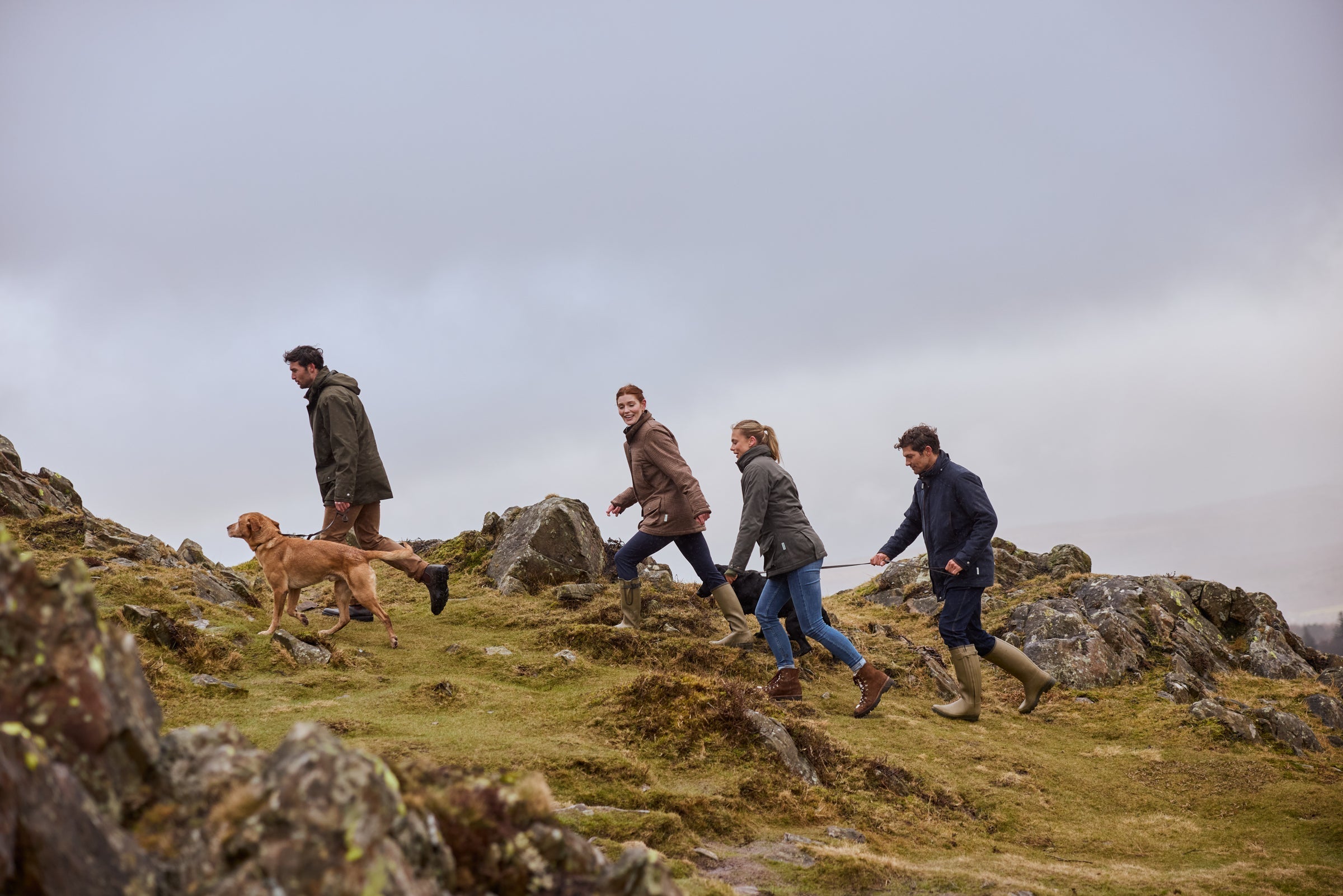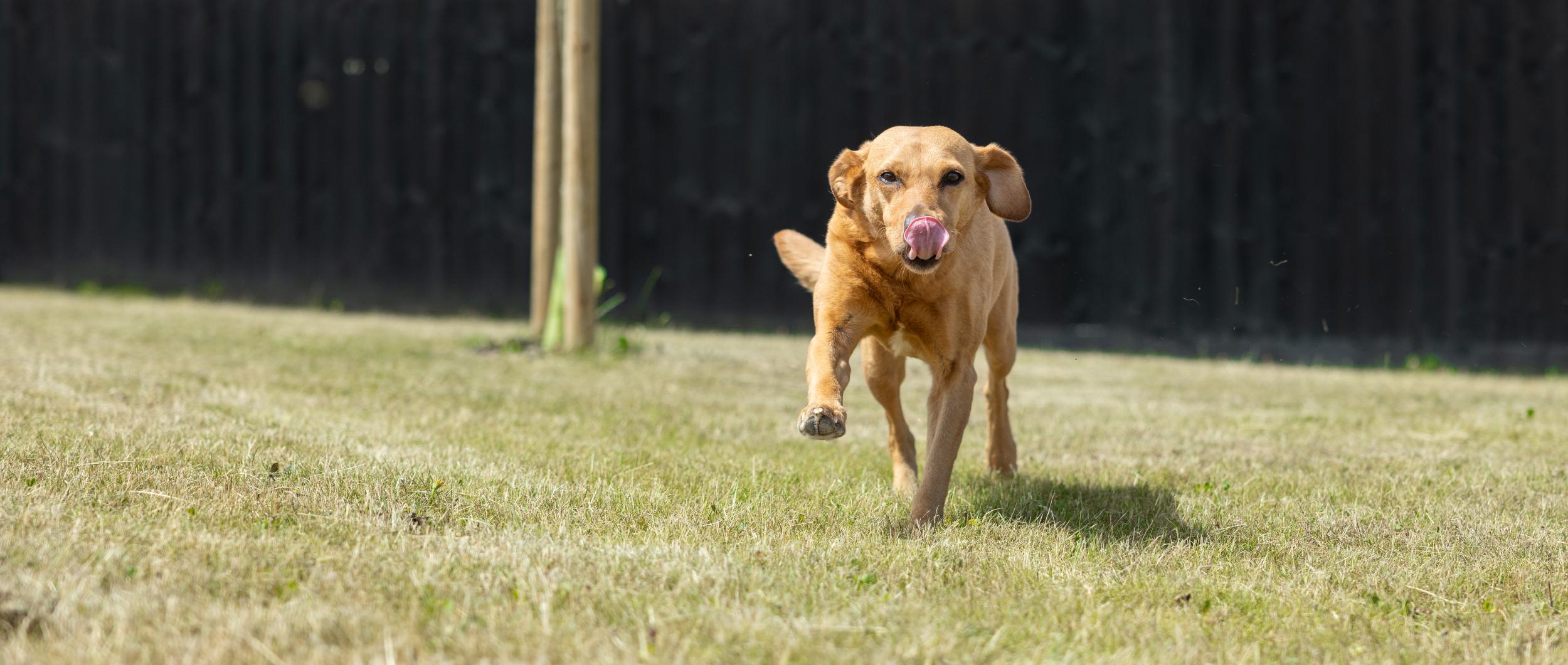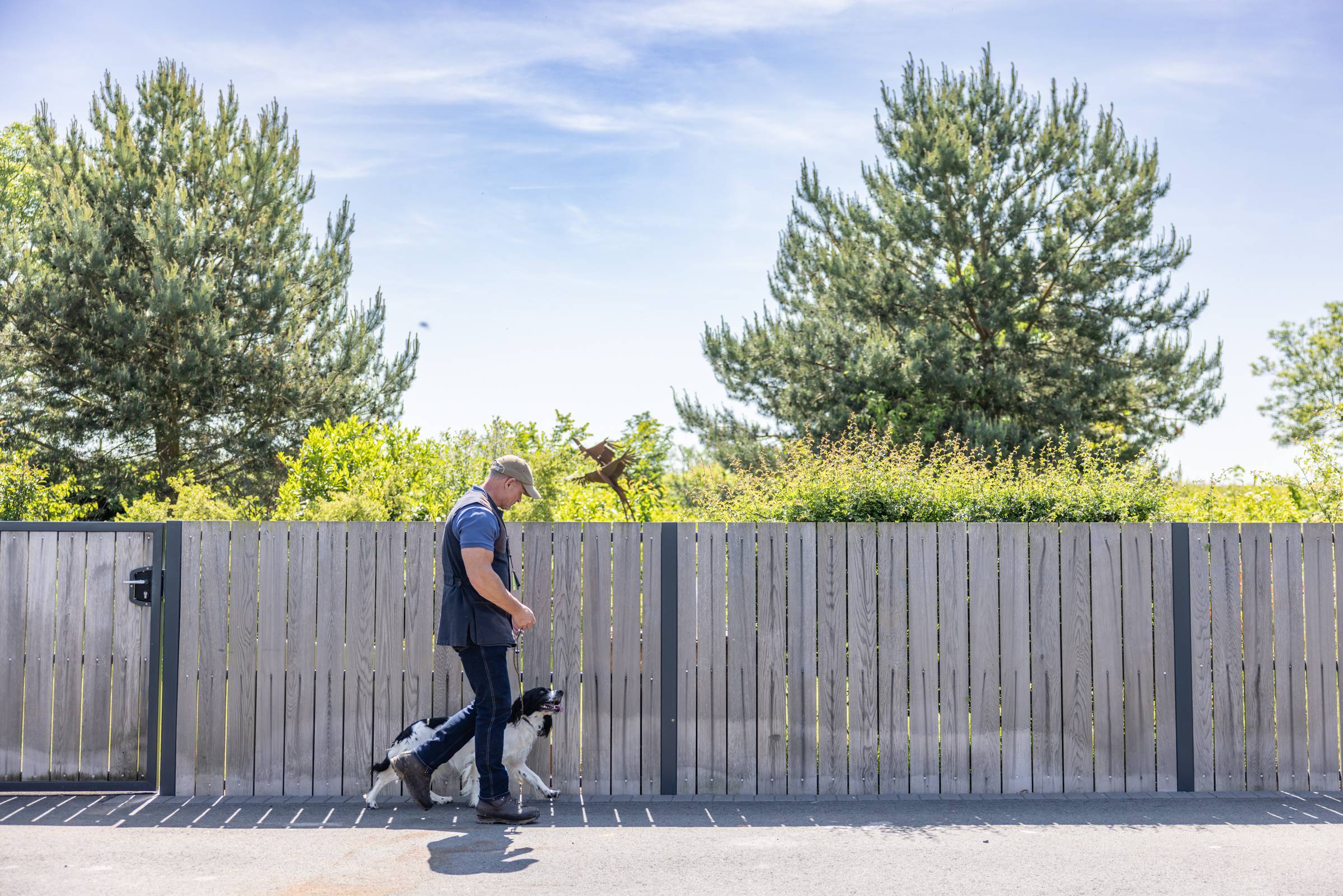
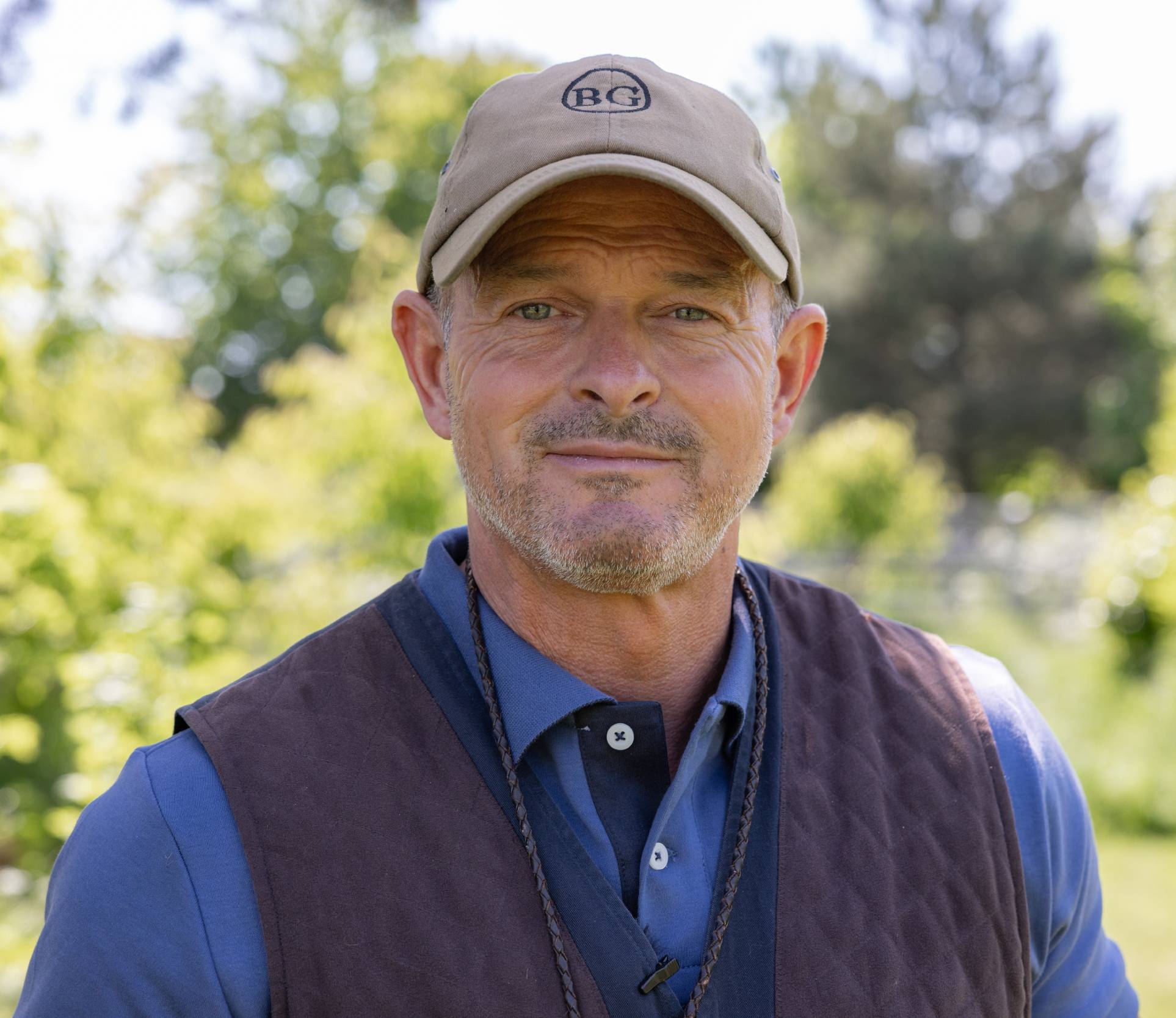
Dog training tips with Ben Randall | Part 1 – teaching your dog to be patient
In the first of our new dog training series, Ben Randall of Beggarbush Gundogs in Herefordshire shares some invaluable advice for teaching your dog how to be patient.
If you’re just starting out with a young dog, you’ve probably thought about how you’d like your time together to pan out as you move forward? If you already have dogs, maybe the reality hasn’t quite lived up to your expectations?
Simply put, the pleasure we get from the company of our dogs is linked strongly to a few fundamental areas. Can we relax and enjoy a range of situations with them? Can we trust them to stay calm? Are they well-behaved amid distractions and new scenarios?
A happy relationship between us and our dogs is built on mutual respect and positivity. And, by honing a few basic areas of training, it is possible to gradually shape the ultimate family companion and the perfect dog for country life.
In this, the first of a four-part series, we’ll be focusing on a quality that is central to every aspect of dog training: patience.
Why is patience important in dog training?
The more patient our dogs are, and the calmer they can remain in different situations, the more manageable they will be to train and the more relaxed they will be in general. We can’t expect our dogs to have a brilliant recall, to listen to us and respect us, if they can’t stay still for five minutes while waiting for their food.
Patience is a win-win, for us and our dogs. Many of the ‘problems’ I am contacted about – think whining, restlessness, barking, pushing through doorways, etc – can all be attributed to a lack of patience. Many dog owners aspire to enjoy stress-free experiences with their dogs. Maybe it’s a picnic on the beach in summer, or an evening in front of the fire at the local pub on a cold, wet winter’s day. But if we want our dogs to relax in such situations, we have to put in the groundwork with them during training.
Using our dog’s mealtimes to teach patience
Whether you have a young puppy or an older dog, training at their mealtimes is a great place to start – none of us are too busy to practise basic manners with our dogs when we are feeding them.
I feed my younger dogs three times a day. That gives me at least three opportunities every day to ask a dog to sit and wait for what it considers a tempting reward. Sometimes I split each of their meals into several portions, which translates to multiple short training sessions every time they are fed. All the time, they are learning to wait – and their trust in me grows as a result.
For a start the dog will be made to sit for a very short period of time – just five seconds or so – before it is then given the command to go ahead and eat its meal. The duration we make our dogs wait can then be extended over time. Your dog will soon learn and trust that if he or she sits patiently, the outcome will be positive.
Crucially, this should be an incremental process. It’s not a race, and it requires patience on our part, too. I always start in a distraction-free environment, so I have the dog’s full attention. After several weeks or months – and remember, all dogs are different – once the dog can sit patiently for several minutes in that distraction-free environment, we start to take the same exercise elsewhere, where there is a little more going on. That might be a place where there are other dogs waiting for their food; it might be a kitchen where there are people walking around making coffee or putting away dishes. The process is always gradual, giving the dog the best chance to succeed.
From that point on, there are many ways we can tweak and adapt simple feeding routines to keep training exercises interesting for our dogs. I like to mix things up; sometimes the dogs will sit with bowls of food in front of them while they wait; sometimes, I’ll send them to their bowls at the far end of the kitchen or garden, or I’ll have them come to me when I call them after a period of sitting and waiting. One day they will be expected to sit and wait while I leave the room, the next they will sit and watch other dogs being fed or sent for their food before they enjoy their own.
Teaching dogs patience in everyday situations
Teaching our dogs to be patient at mealtimes sets an excellent foundation from which we can teach them to wait and relax in all manner of everyday situations. As a progression from teaching patience for food, we can have our dogs sit and wait while we go through doors or gates, while we throw a ball, or while we fetch their lead to take them out.
I also like to practise patience with my dogs when they are getting in and out of the car. How many of our dogs expect to jump straight into or out of the car as soon as the door opens or the tailgate is lowered? It’s a classic case of our dogs ‘expecting’ and (no pun intended) jumping to their own conclusions. Simple exercises like just opening and closing the dog box or boot and ensuring our dogs stay put while we do so keeps them guessing and removes that level of expectation. It reinforces a simple message: relax and wait until you’re given the command, and something positive will follow.
How does our mindset affect the way our dogs behave?
The way we behave, and our frame of mind when we are around our dogs, can have a real impact on their behaviour and ability to relax. This is something that is often overlooked.
Firstly, we should approach any training in a calm and composed manner. If you’re in a rush, stressed or upset about something, or in a bad mood, it’s best to leave the training until later.
We should also avoid being too energetic or excited. How many of us get really excited and use a high-pitched voice when praising our dogs, only to then wonder why they become overexcited? I often advise my clients to talk to visitors before they arrive, explain that they are training the dog to be calmer when new people come to the house, and ask them to enter without making a huge fuss, for that very reason.
Then there is our level of focus and attention. How can we expect our dogs to focus on us if we’re constantly being distracted by our smartphones? Our dogs can sense when our mind is elsewhere. When training, leave the phone in your pocket!
I often say to my clients to train as if they were in a library: stay calm, speak clearly, and give direct commands that are not repeated over and again. Praise needn’t be excitable and triggering for your dog.
What are the key things to remember when teaching our dogs to be patient?
1. Use your dogs’ mealtimes as training opportunities. Ensuring your dog sits and waits for its food is a great place to start as you build patience.
2. Gradually increase the length of time you ask your dog to wait for. Start small and increase duration over time.
3. Add distractions and change scenarios and locations only when you have mastered patience in a controlled, distraction-free setting. Ask your dogs to sit and wait while you go through doors or before you let them out of the car – every day is full of small training opportunities.
4. Stay relaxed. How we act plays an important role; if we’re calm, focused and intentional with simple commands, that are issued once, it will have a positive knock-on effect on our dogs.
5. Keep patience training positive and enjoyable. And remember, these things take time – consistency is key!

